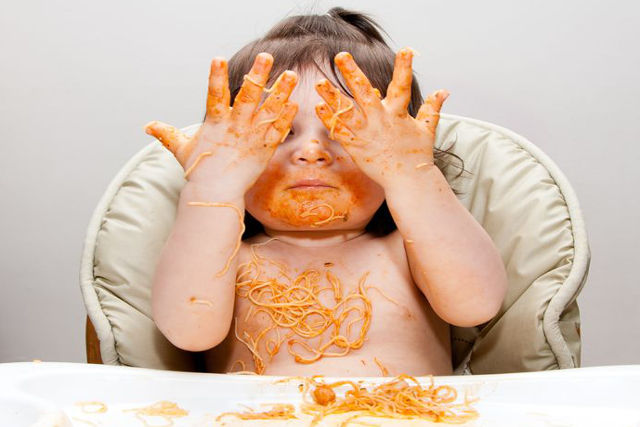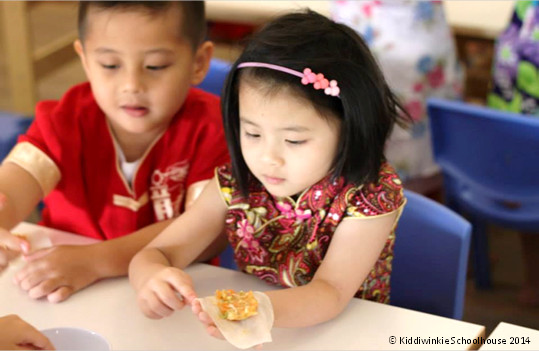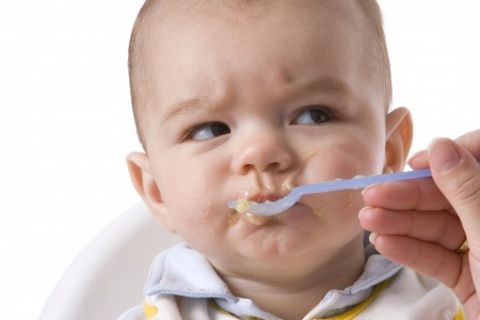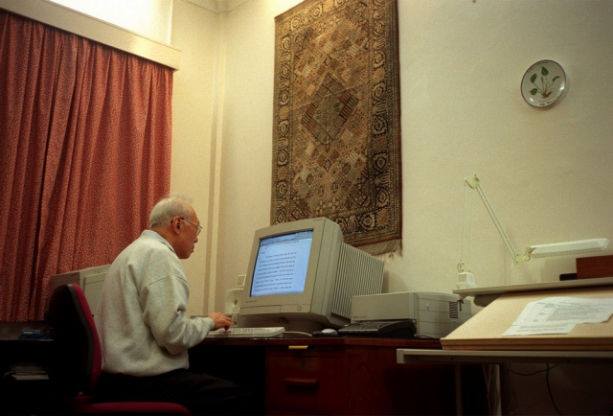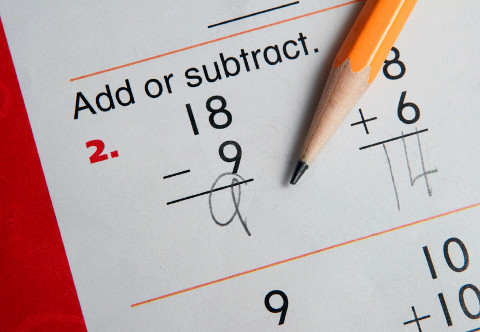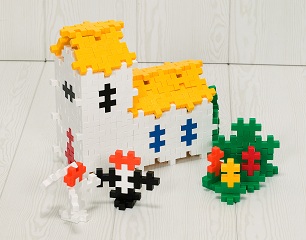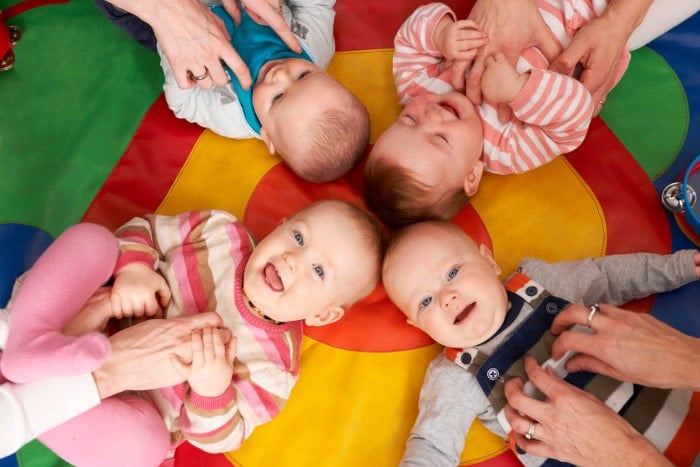A girl around five years of age sat next to me at a hawker centre, being spoon-fed by her father. She played with a toy and did some homework as she chewed and waited for him to cut up pieces of chicken. The father’s own plate of food sat untouched until he was done feeding her. After wiping her mouth, he quickly inhaled his food. It looked like it had gone cold.

Perhaps they were in a rush to leave, and it was just faster for the father to feed her. I can relate to that feeling, as I’m sure many parents can, too. I’m talking about the urge to do something for your child because it saves time, is less messy and is much easier overall.
But once our kids are able to feed themselves, why do we still take over? When is a child simply too old to be fed?
Let Them Experiment With Self-feeding During Toddlerhood
The bones in a child’s wrist usually harden at 18 months, and even then, her spoon-to-mouth accuracy will likely be off. Observe your child to see if she’s ready to feed herself. Also keep in mind that you have to be ready to deal with the potential colossal mess—not to mention the frustration that may come with sitting there watching them half-play, half-eat. Just be patient and know that it’s a new skill for them. They’ll explore and struggle before they eventually master it.
My toddler started feeding herself with a spoon shortly after she turned one, but she tended to get more food on her face – cheeks, eyebrows, nose, even earlobes – than into her mouth. It took forever for her to finish one cup of yogurt! But the messes tapered off the more that she did it, and now at two and a half, she’s extremely territorial about her utensils and food. “I feed myself!” she says when I touch her bowl. To my immense relief, the table no longer looks like it has rice rained on it. She’s able to pick up anything that falls.
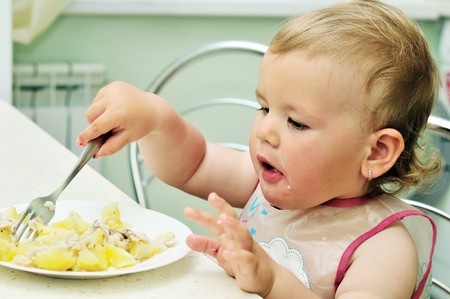
Admittedly, sometimes I still can’t help interfering. When her soup is too hot, I’ll blow on it. If she has noodles, I’ll cut it for her. But when she wants to twirl spaghetti strands around her fork, even if I know it will take her five minutes to twirl one forkful, I think, “Why not?” Five minutes this time and maybe next time, just one.
If you’re really pressed for time and the only way to make it is to feed your child, then leave the last spoonfuls to him. At least that way he gets a bit of practice.
Hold Off On Feeding Them When They Reach Pre-school
Usually, when children attend preschool, they’re encouraged to feed themselves at a table with their classmates. One of my daughter’s teachers fed the kids if they still weren’t finished by the end of lunchtime, and if they were going to be late for teeth-brushing, nap time, or the next lesson. But if you’re doing all the feeding for your child at home, it’s not conducive to the self-feeding that’s practiced at school.
Assess The Circumstance At All Times
If you have a picky eater and you’re spoon-feeding her to ensure that she eats, you might want to consider other options. Integrate her favourite foods, invite her to prepare the meal with you (she’ll be more likely to eat the rice that she helped wash), provide healthy choices, and try to ease your expectations.
If your child isn’t that hungry, forcing a meal by spoon-feeding her might create a power struggle over food. Letting your child feed herself is a great way to promote independence. She can choose what item in her bowl she wants to eat first (maybe she prefers eating meat first and veggies last, or vice versa), what pace she wants to eat it in, and how much.
As parents, we want to enable our children to transition from dependence to independence, and one of the ways is to give them ownership of eating their food. So don’t take too long to hand over the spoon!
By Jenny Tai.
If you find this article useful, do click Like and Share at the bottom of the post, thank you.
Like what you see here? Get parenting tips and stories straight to your inbox! Join our mailing list here.

































